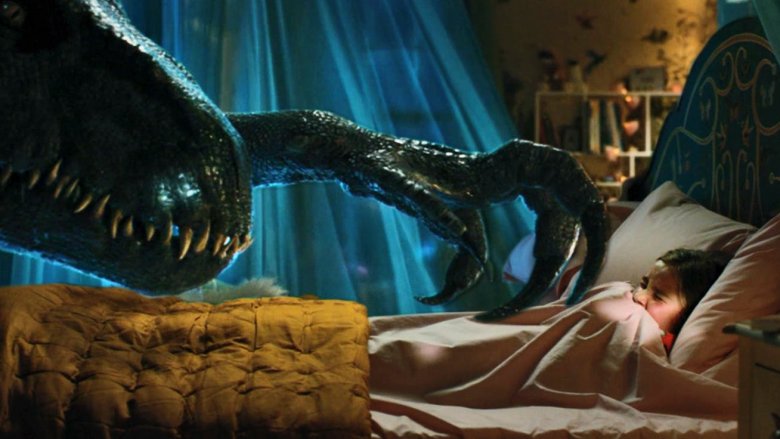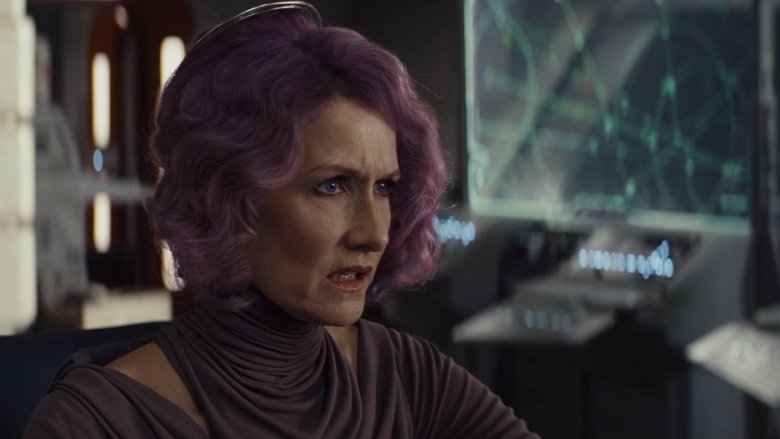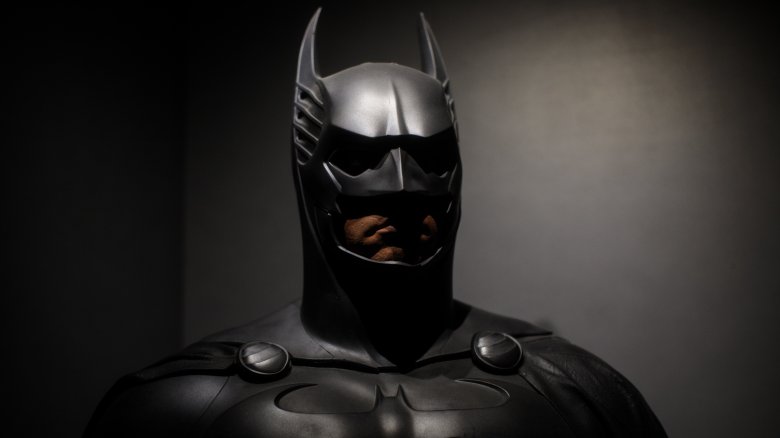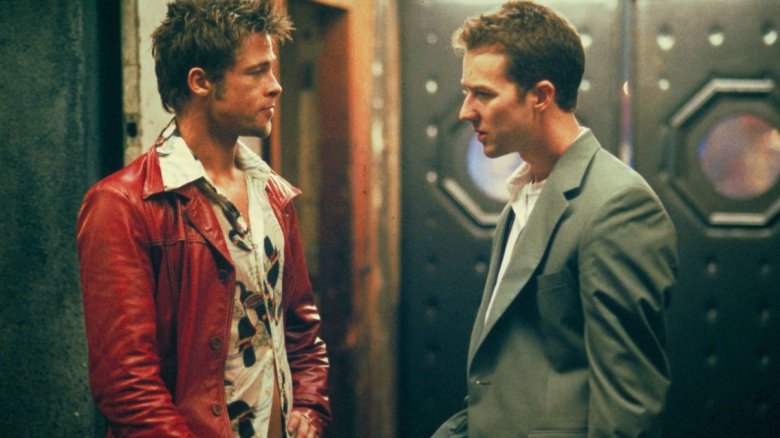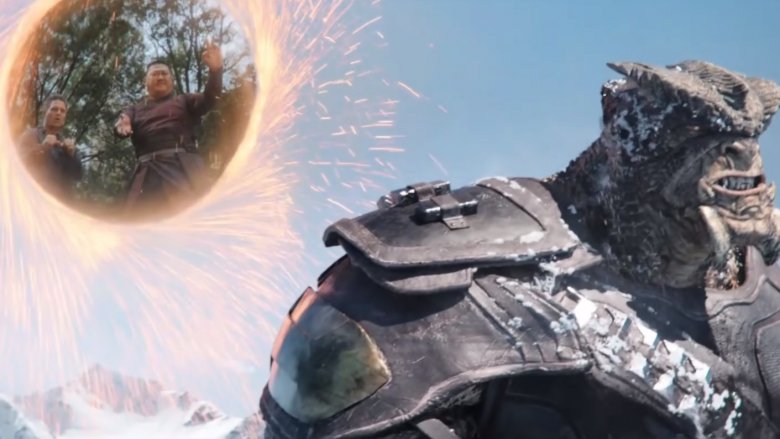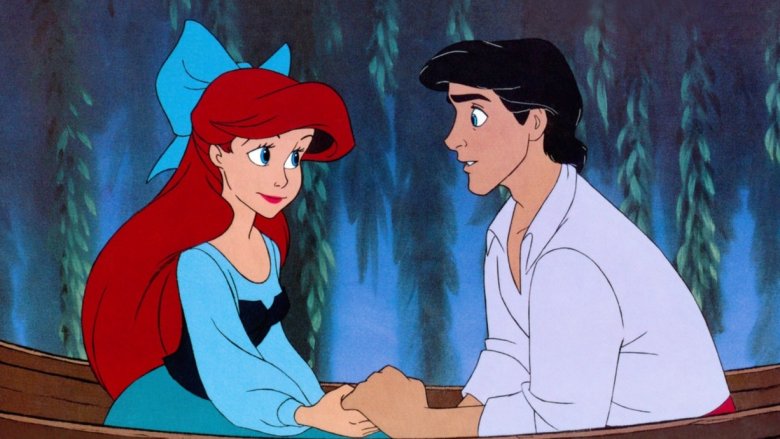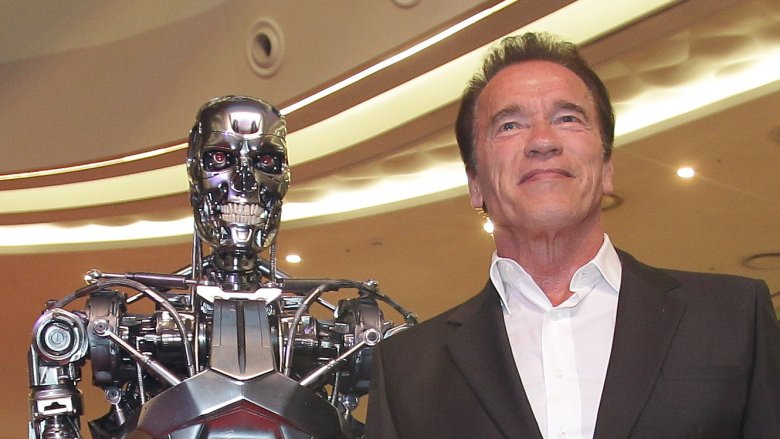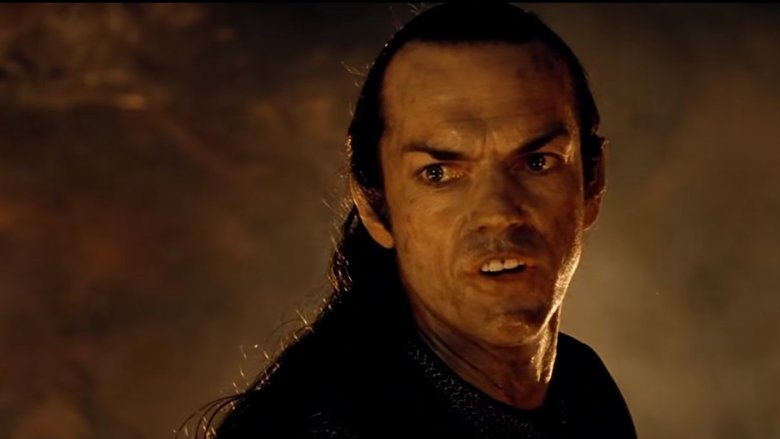Movie Plots That Could Be Solved In Minutes Using Common Sense
It's easy to get so caught up in the creation of something that you lose sight of its most glaring flaw. For the designers of the Death Star, it was the ventilation shaft that led straight to the explosion button. For the writers of Rogue One, it was the part of the movie where they expected us to believe that nobody involved with making the Death Star would've pointed that out.
And yes, when you're telling a story, there's always a necessary reliance on extension of disbelief. Even the classics fall apart when you poke at them enough. What we're talking about here isn't "who heard Charles Foster Kane say 'Rosebud' if he was alone when he died?" We're here to discuss the unforgivable. The plots so difficult to believe that they hurt to even think about. The thematic equivalents of "my girlfriend goes to a school in Canada." These movie plots could have been solved in minutes, if the characters had only used a little bit of common sense.
Jurassic World: Fallen Kingdom
Jurassic (Noun) is a franchise purportedly built on the premise that man's hubris will be his downfall, but actually constructed around people's overly complicated solutions to problems failing where a simple fix would've sufficed. It's been happening since day one. When Jurassic Park's scientists wanted to control the dinosaur population, they genetically engineered all of the dinosaurs to be female instead of just spaying and neutering their pets and waiting for nature to find a way around Bob Barker.
As gaping plot holes go, 2018's Jurassic World: Fallen Kingdom is, very literally, built on them. At the beginning of the film, we're informed that it's up to Business Woman and Action Pratt to try and save their beloved genetic monstrosities from getting all Pompeii'd because — big whoops — it turns out that Isla Nublar was, and this is the first we're hearing about it, a volcano.
For the uninitiated, a volcano is what happens when the Earth gets a cystic zit. It's God's own frag mine. It's... generally pretty easy to spot. That said, going back 25 years, maybe John Hammond could've built his multi-billion dollar amusement park just about anywhere else. Did he just not bother to do a geological survey on the island he just bought?
Maybe he did spare an expense after all.
Star Wars: The Last Jedi
You know, the phrase "subverts expectations" gets thrown around a lot these days, and the reason, largely, is Star Wars: The Last Jedi. Loved by 91% of critics and tolerated by 45% of fans, it was what would happen if the Star Wars franchise showed up to Thanksgiving dinner with a nose ring and a partner who insists on they/them pronouns: living its truth, and very much aware that there's going to be backlash from the older people at the table.
And when a movie gets as controversial as Last Jedi did, it can be easy to lose the plot in an ocean of fan bickering. Stories take a back seat to geek rage. So it's totally understandable if you were too busy screaming Rian Johnson's name to notice that the whole main throughline of the film could've been avoided if Holdo had just thrown Poe in the brig for disobeying orders. Barring that? She could've told him her contrived plan and had her best pilot help organize a complicated escape strategy. Really anything besides just calling him names would've been a better way to go.
Home Alone
Alice in Wonderland. Charlie and the Chocolate Factory. Many of the greatest children's stories in the history of Western literature hinge upon the same guiding moral: "You're on your own, kid. No one is coming to save you."
It works in more fantastic settings. When a world is based in a child's imagination, it makes sense that their perception of danger would stem from feelings of helplessness and abandonment. It falls apart a little when the story is set in the real world.
One of the more jarring things you'll notice if you go back and watch Home Alone again as an adult (besides the fact that Kevin is definitely the Jigsaw Killer) is how little effort most adults are willing to put into finding a missing child. Kevin's mom spends her whole vacation having an aneurysm, but the cops, when made aware of the situation, shrug the whole thing off with a cursory glance.
No, really. An abandoned child could have at least been spared the trauma of having to Die Hard his way through Christmas if the police had spent more than 30 seconds on a drive-by wellness check. Since when did cops stop giving upper class white kids 110%?
Batman
Batman, for those who aren't aware, is an American superhero introduced in 1939's Detective Comics #27 who is known primarily for his inability to keep fighting when he hears the name "Martha" spoken aloud. His Achilles heel stems from his defining trauma: as a boy, the Dark Knight watched his parents, philanthropists Thomas and Martha Wayne, gunned down in a robbery gone wrong. It's an origin story for the ages, and one that we've seen onscreen so many times it's a shock it hasn't imprinted on us and turned us all into animal cosplayers with aggression issues by now.
So, how could all of this have been avoided? For the answer, let's look at the constants presented in the deaths of the Waynes: In every iteration of the story, they're dressed to the nines, Mama Wayne in her most unravelable pearls, walking with their young son down a dark alcove widely known as Crime Alley. So maybe... don't walk with your young son into a dark alcove widely known as Crime Alley. Wasn't Thomas supposed to be a genius?
Fight Club
Fight Club: The cult favorite that insufferable philosophy bros who knew they were smarter than you wouldn't shut up about back before we had Pickle Rick. If that doesn't fill you with seething frustration, remember that it's also where the term "snowflake" came from, and then go wash down your sorrows with a Moscow Mule flavored farm-to-table vape pen.
Spoiler alert: Tyler Durden is actually the auxiliary persona of the story's protagonist all along. When Tyler convinces all those young men to start a soap militia, it was actually the main character. When Brad Pitt gets weird with Helena Bonham Carter? Much to her dismay, that was Edward Norton. And when the plucky anti-hero tells the main character to punch him as hard as he can in a public parking lot? That was... the hero. Punching the hero in the face. Never realizing that he was the one doing it. It takes him another hour or so to realize he has wacky Hollywood split personalities.
Which is odd, since two people see him going all Queensbury Rules on his own body in the parking lot and don't say anything. If they had, this could've been the first time in motion picture history that an entire movie was wrapped up just by having someone shout "Why you hittin' yourself?"
Avengers: Infinity War
With a cast of dozens of international movie stars playing world famous characters, it's a little difficult to put your finger on who the hero of Avengers: Infinity War actually is. At least, it was until we got here to clear things up. The hero was Wong. Or it should have been.
See, for all of Doctor Strange's waxing egotistical about being the Sorcerer Supreme, Wong's the only guy that seems to have really figured out how great teleportation is. He uses his Sling Ring, the magical comic book portal gun/sparkler hybrid, a couple of times during the opening New York fight against Thanos' mini-bosses. When Telekinetic Voldemort (we're not learning their names) launches spiky masonry at them, Wong and Strange wormhole that stuff right back at him. When Cave Troll lunges at Tony, Wong drops him into the Himalayas. Then, to add injury to injury, he closes the portal on the big lug, chopping off his arm in the process.
Now if only the movie's entire plot could've been solved by magically cutting off someone's arm.
The Little Mermaid
As Wreck-It Ralph 2 has expertly pointed out, Disney princesses haven't always made the best role models for young women. When they weren't going straight Patty Hearst and falling in love with their giant monster kidnappers, they were generally waiting for a boy to kiss them out of unconsciousness or for Mel Gibson to teach them about the importance of white culture.
The most egregious offender is Ariel, the Little "What's The Word?" Mermaid. To recap: Ariel sees (not meets, sees) a boy she likes and decides she wants to go live with him. Her dad argues against the idea, despite his daughter's insistence that she's 16 whole years old. When Papa incurs Ariel's eternal dismay by smashing her literal garbage, she goes to a sea witch and swaps her voice for a set of gams, then tries to get that boy from earlier to fall in love with her without the aid of her sweet fish pipes.
Ariel probably could've made a decent pass at the guy if she'd written him a letter. Unfortunately, in a comedy of errors, he can't connect with her due to the lack of communication and starts seeing that sea witch. And that, to quote Jay Walter Weatherman, is why you always leave a note.
Every Single Terminator
Them Terminators, buddy. They just can't seem to kill a Connor for trying. More than 30 years, a franchise full of movies, and a TV series later, Terminators have now killed more attempts to reinvigorate the series than they have actual Connors. And why?
Because they don't send enough Terminators, that's why. This is an army of seemingly endless death machines built with the sole intention of destroying all life, and for some reason they get all shoe-scuffly at the idea of sending more than one robot to the past at a time. And don't believe the line about not wanting to pollute the timeline. The handful of murder Roombas that they've sent back have already blown up more stuff than Michael Bay.
Listen up, robots. Not to encourage bad behavior, but audiences are sick to death of watching you lose whenever the opportunity arises. Next time you want a John Connor dead, just send a platoon of T-1000s and let history sort itself out.
Lord of the Rings
Originally released from 2001 to 2003 with a runtime long enough that it's mathematically impossible for you to have finished all of them by now, Lord of the Rings was a cultural movement that shifted Hollywood's perception of how much Sean Astin the world was willing to pay to see. At the center of the plot is the One Ring, a magical artifact of such portent that only a volcano can destroy it. And you know what? It has to be destroyed. It turns people invisible. There has to be more to it than that, but that's about as far as the film's explanation goes.
We find out pretty early on, though, that the ring has been volcano-adjacent in the past. Evidently, there was a war fought over the thing ages ago, and Elrond (a.k.a. Agent Smith) and his buddy Isildur managed to scrap their way into Mount Convenient Ledge back in the day. Isildur was holding the ring right there in a room that was lousy with lava and then got (metaphorically) cold feet.
Which is when Elrond should've shoved that cat straight into magma. Harsh? Yes, but the friends who are hardest on you are the best friends to have.
